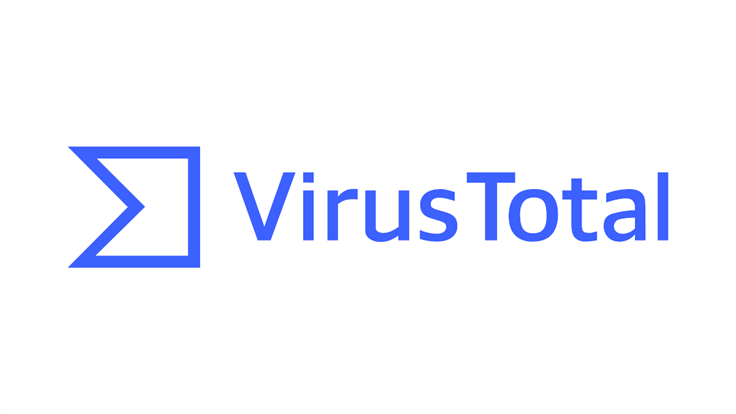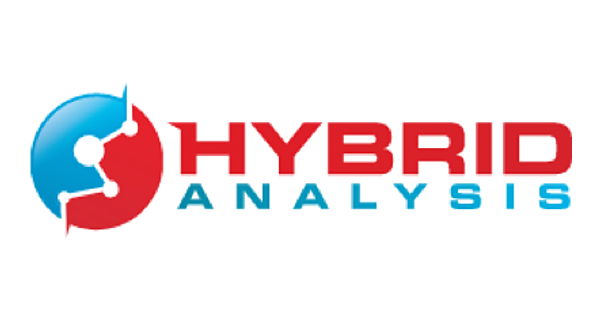In the dynamic realm of cybersecurity, network penetration testing emerges as a pivotal practice to fortify digital defenses. Technically these tools are for malware and vulnerability researchers, as well as threat intelligence, but they still serve certain purposes for pentesters!
This proactive methodology involves simulating real-world attacks to identify vulnerabilities and address potential threats before malicious actors can exploit them. Two standout tools in this field are VirusTotal and Hybrid-Analysis. In this extensive exploration, we will delve even deeper into the capabilities of these tools, shedding light on how they contribute to effective network penetration testing.
Network penetration testing, stands as a preemptive measure to assess the security of a system or network. The primary objective is to unearth vulnerabilities, evaluate potential threats, and provide actionable insights to enhance overall security. By simulating real-world attack scenarios, penetration testers can scrutinize the efficacy of existing security measures and recommend improvements.
VirusTotal: A Collaborative Threat Intelligence Powerhouse:
VirusTotal, a widely recognized online service, operates as a collaborative threat intelligence platform specializing in the analysis of suspicious files and URLs. Acquired by Google in 2012, VirusTotal harnesses the collective power of multiple antivirus engines and various tools to scrutinize files and URLs for potential threats. Security professionals and researchers can submit files to VirusTotal, and the platform generates comprehensive reports that include scan results from various antivirus engines, behavioral information, and historical data.
Key Features of VirusTotal:
| Features | Description |
|---|---|
| Multiscanning Capabilities | VirusTotal distinguishes itself through its ability to employ multiple antivirus engines simultaneously. This ensures a comprehensive analysis of files, reducing the likelihood of false positives or negatives. The collaborative nature of VirusTotal allows security experts to benefit from the diverse detection methods employed by different antivirus vendors. |
| Community Contributions | A dynamic aspect of VirusTotal is its reliance on community contributions. Users can submit their analyses of files, providing additional context and insights. This collaborative approach enhances the platform’s effectiveness, creating a shared pool of knowledge that benefits the entire cybersecurity community. |
| API Integration | VirusTotal’s versatility extends to seamless integration with other security tools and platforms through its API. This feature allows for automated file and URL analysis, making it an invaluable resource for organizations seeking to streamline their security processes. |

Hybrid-Analysis: Unleashing the Dynamics of Dynamic Analysis:
While VirusTotal emphasizes static analysis and detection through multiple antivirus engines, Hybrid-Analysis takes a distinctive approach by focusing on dynamic analysis. This involves executing and observing the behavior of files in a controlled environment, providing insights into their runtime characteristics and potential malicious activities.
Key Features of Hybrid-Analysis:
| Features | Description |
|---|---|
| Dynamic Analysis Sandbox | The core strength of Hybrid-Analysis lies in its dynamic analysis sandbox. Files submitted to the platform undergo execution in a controlled environment, enabling security experts to observe their behavior in real-time. This includes interactions with the operating system, network communications, and any attempts to exploit vulnerabilities. |
| Behavioral Reports | Hybrid-Analysis generates detailed behavioral reports, offering a step-by-step analysis of a file’s actions during execution. This information is crucial for understanding the potential impact of a malicious file and devising appropriate countermeasures. |
| YARA Rule Integration | YARA rules serve as a powerful mechanism for defining and identifying patterns in files based on textual or binary data. Hybrid-Analysis supports the integration of YARA rules, allowing users to create custom signatures for detecting specific types of malware or malicious behavior. |
Comparative Analysis of VirusTotal and Hybrid-Analysis:

While both VirusTotal and Hybrid-Analysis significantly contribute to network penetration testing, they cater to different aspects of the cybersecurity landscape. Here’s a detailed comparative analysis:
1. Static vs. Dynamic Analysis:
- VirusTotal: Primarily focuses on static analysis, leveraging multiple antivirus engines to detect known threats based on file signatures.
- Hybrid-Analysis: Emphasizes dynamic analysis, executing files in a controlled environment to observe their behavior and identify potential threats that may not be evident through static analysis alone.
2. Community Collaboration:
- VirusTotal: Thrives on community contributions and benefits from the collective knowledge of users worldwide.
- Hybrid-Analysis: While it allows users to comment on and discuss analysis results, it doesn’t have the same level of community collaboration as VirusTotal.
3. Integration Capabilities:
- VirusTotal: Offers a powerful API for seamless integration with other security tools and platforms, enhancing automation and workflow efficiency.
- Hybrid-Analysis: Provides API access for programmatic interaction, enabling organizations to incorporate dynamic analysis into their existing security infrastructure.
4. File Reputation and Context:
- VirusTotal: Provides comprehensive file reputation information based on the collective verdict of multiple antivirus engines.
- Hybrid-Analysis: Focuses on dynamic analysis but may lack the same level of aggregated file reputation data as VirusTotal.
Code Integration Example:
import requests
def analyze_file_virustotal(file_path):
url = "https://www.virustotal.com/vtapi/v2/file/scan"
api_key = "your_api_key_here"
with open(file_path, "rb") as file:
files = {"file": (file_path, file)}
params = {"apikey": api_key}
response = requests.post(url, files=files, params=params)
return response.json()
def analyze_file_hybridanalysis(file_path):
url = "https://www.hybrid-analysis.com/api/v2/quick-scan/file"
api_key = "your_api_key_here"
headers = {
"api-key": api_key,
}
files = {"file": open(file_path, "rb")}
response = requests.post(url, headers=headers, files=files)
return response.json()
# Example usage:
file_path = "path/to/your/file.exe"
result_virustotal = analyze_file_virustotal(file_path)
result_hybridanalysis = analyze_file_hybridanalysis(file_path)
print("VirusTotal Analysis Result:", result_virustotal)
print("Hybrid-Analysis Result:", result_hybridanalysis)In this example, the code demonstrates how to use the APIs of both VirusTotal and Hybrid-Analysis to analyze a file. Make sure to replace “your_api_key_here” with your actual API keys.
Conclusion:
In conclusion, VirusTotal and Hybrid-Analysis represent two distinct approaches to network penetration testing,
each offering unique insights into the security landscape. While VirusTotal excels in providing a collective intelligence platform with multiscanning capabilities and extensive community collaboration, Hybrid-Analysis stands out for its emphasis on dynamic analysis, revealing the runtime behavior of files.
To establish a comprehensive network penetration testing strategy, leveraging both static and dynamic analysis tools is paramount. Security professionals should carefully select tools that align with their specific needs and objectives, integrating them into a cohesive cybersecurity framework. As the threat landscape continues to evolve, the collaboration between tools, the cybersecurity community, and ongoing research will remain essential in staying ahead of emerging risks and vulnerabilities.
Leave a Reply